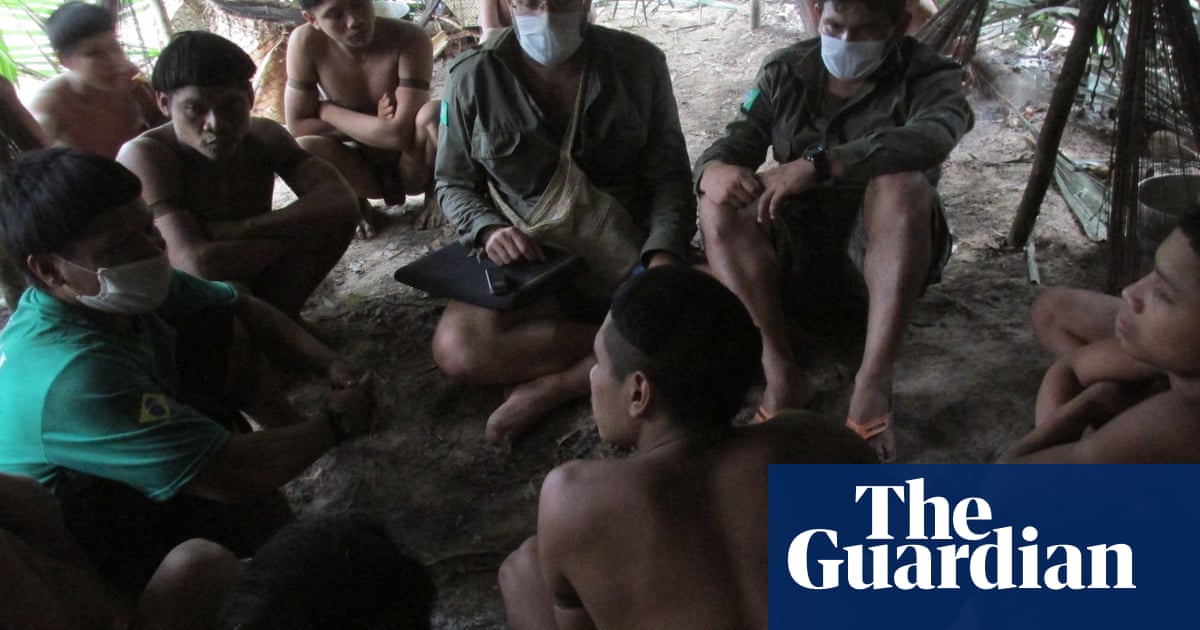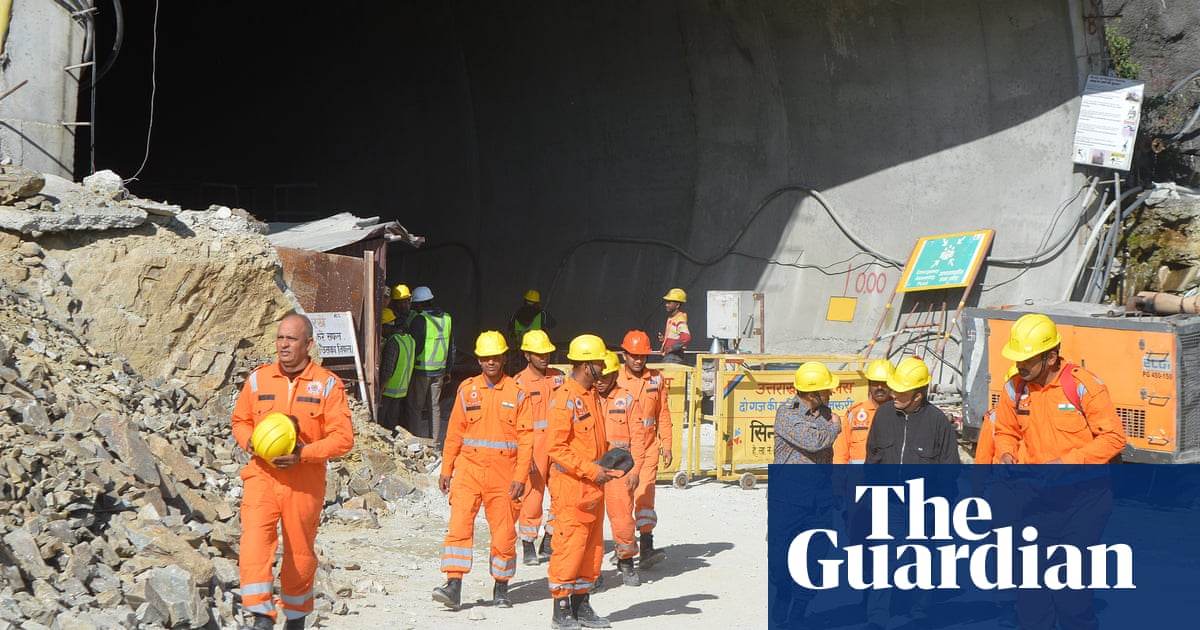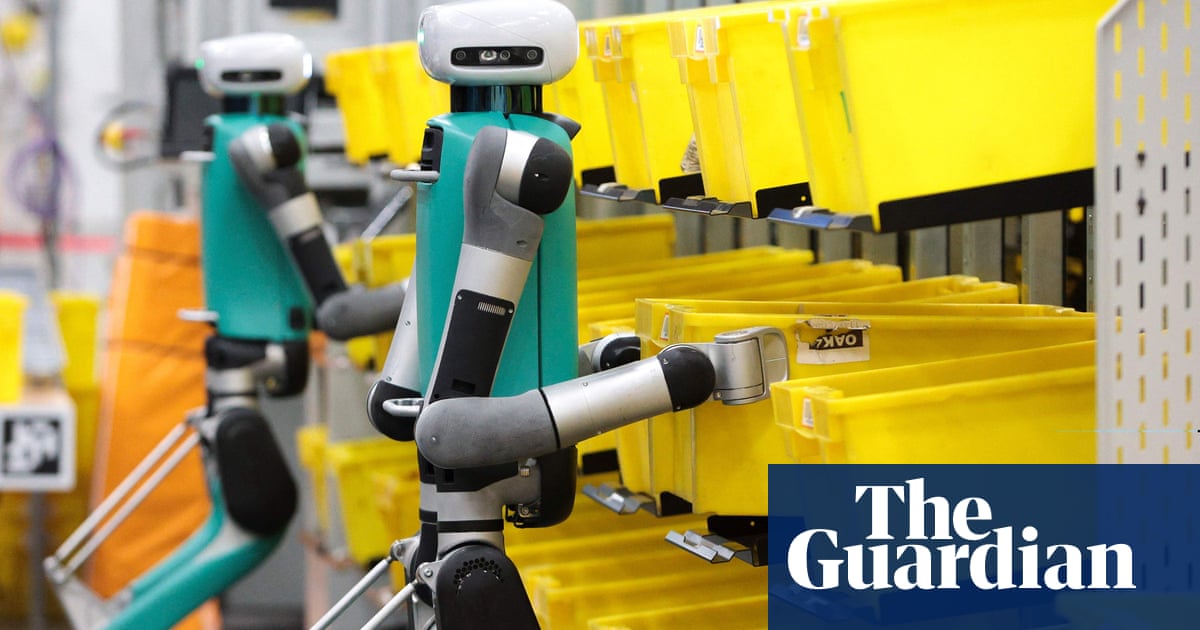
More than 100 Indigenous people in Brazil’s Javari valley have been diagnosed with flu-like symptoms, raising fears that the situation could escalate into an epidemic.
The valley, where Indigenous advocate Bruno Pereira and journalist Dom Phillips were killed in 2022, is home to the largest population of Indigenous people in voluntary isolation and of recent contact worldwide. The Korubo people were first contacted by government officials in 1996, and they continue to live with little interaction with other Indigenous groups and local authorities.
“The vulnerability of this community is extremely high; any infection can quickly escalate into an epidemic,” said Manoel Chorimpa, a local leader and adviser at OPI, an organisation dedicated to protecting Indigenous groups in voluntary isolation and those recently exposed to urbanisation.
Healthcare workers operating in the territory say that of the 101 individuals from the Korubo community diagnosed with symptoms, 22 cases had progressed to pneumonia, of whom 15 were under nine years old.
The community is made up of just 121 people, meaning the vast majority have been infected. In 2022, the Covid-19 pandemic also affected most of its people.
To address the difficulty of providing healthcare to these communities, Pereira had proposed a health boat, which became a reality one year after his death. Currently managed by the health ministry, the unit was intended to cross the Ituí river, providing healthcare to remote Korubo villages. However, it has been parked along the banks of the Ituí River, requiring patients to travel there instead.
“This has already subverted the boat’s purpose,” said Luisa Suriani, another OPI adviser. “When someone is sick and heads over, the whole family tags along, setting up camp on the riverbank, which makes it easier for diseases to spread.”
One or two doctors serve in a team of usually seven, which includes a nurse, cook, and boat driver – but there is a high turnover of staff. “When we spoke to health agents, no one wanted to stay due to its bad working conditions,” Suriani said.
According to the OPI advisers and a health worker who requested anonymity due to their position, the raft is too small for the team, who also contend with unbearable heat, leaks from the ceiling during rain, and loud noise from the light oil-fuelled generator. They have also faced shortages of medical supplies.
Mobile videos recorded by a local professional in March showed patients seeking shelter from heavy rain under plastic tents near the health boat.
“There is no decent shelter for them,” the health worker said. “There was a triage of critically ill patients who needed to stay in the camp. Many couldn’t be adequately cared for due to limited resources and poor conditions.”
In addition to dealing with flu outbreaks, the Javari people have grappled with high rates of malaria and diarrhoea, worsened by the fact that less than a fifth of villages have access to sanitation. Between 2018 and 2022, 134 people died, 34% of whom were under a year old, the health ministry said.
The ministry told the Guardian no deaths had yet been reported in the recent outbreak, and several patients had already been discharged to their villages.
Invasions by illegal miners, loggers, fishers, hunters and drug gangs have had severe effects on the health and quality of life of Indigenous people living in the Amazon. The situation worsened under the administration of Brazil’s former president Jair Bolsonaro, who halted enforcement and slashed environmental budgets, leading to surges in deforestation and illegal activity in the region.
Hopes for a more active stance towards the protection of the Amazon and its native peoples were reignited when the new president, Luiz Inácio Lula da Silva, took power in January 2023. His administration has established the first ministry of Indigenous peoples.
However, the reality has been different. “It feels like nothing has really changed in the Javari valley since the death of Bruno and Dom, despite the global attention it received,” said Indigenous advocate Eliésio Marubo.
He said that aside from sporadic government enforcement operations to dismantle illegal activities, people in the region had received minimal assistance.
Marubo himself lives in fear of criminal groups acting in the area and always uses a bulletproof vest and an armoured car. “I don’t want to believe this is normal,” he told Brazilian congresspeople last year.
A taskforce comprising government officials and environmental leaders is preparing a protection plan for the Javari valley. The preliminary document, obtained by the Guardian, underscores persistent illegal mining and deforestation within and around the protected area.
Deforestation inside the Javari valley surged by more than 30% to 99 hectares in 2023 compared with the previous year, according to Mapbiomas, a platform monitoring land changes in Brazil.
Even with the pressures of agricultural expansion and urbanisation, Indigenous lands persist as green islands in the Amazon, with less than 3% of the biome’s deforestation occurring within these protected areas.
The most pressing concern in the Javari valley arises from the “significant invasion” of fishers and hunters into areas inhabited by isolated Indigenous communities, the document says. These groups have been linked to the killing of Pereira and Phillips, and five individuals accused of the crime are in prison.
Several Brazilian news reports have highlighted the continued presence of invaders in the region, as Indigenous people have to navigate the same river routes as criminal groups in order to access limited medical care.












